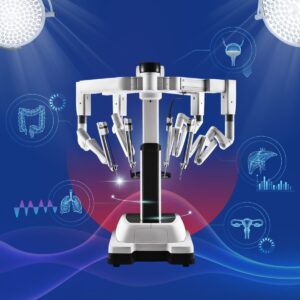There are many reasons why a person may lose a tooth or more. These include tooth decay, gum disease, tooth extraction, and an accident impacting oral cavity. All of them can detrimentally affect the person’s normal everyday life in some ways – for example, chewing food, conversations, smile, etc. – leading to the loss of self-confidence. Today, besides the regular removable dentures, dental implant is another option to restore the function of a person’s teeth by replacing the missing tooth or teeth while reviving the aesthetic appearance. There are different types of the implant: such as replacing one tooth or multiple teeth or the complete set. Choosing which option for a patient will depend on many factors. These include the number of implants, location, conditions of the remaining teeth as well as the patient’s alveolar bone.
Advantages and Disadvantages of the Different Implants
Removable full dentures have many disadvantages – for example, they require many visits to the dentist, they cannot be fixed in place as the gum and bone change their shapes over time which will require frequently adjustments to prevent the dentures from slipping while chewing food or talking. Besides, any food has to be cut into small pieces beforehand. However, using implant-supported removable dentures will allow the dentures to be held more firmly in place, giving you more confidence while talking or eating.
Removable Full Dentures
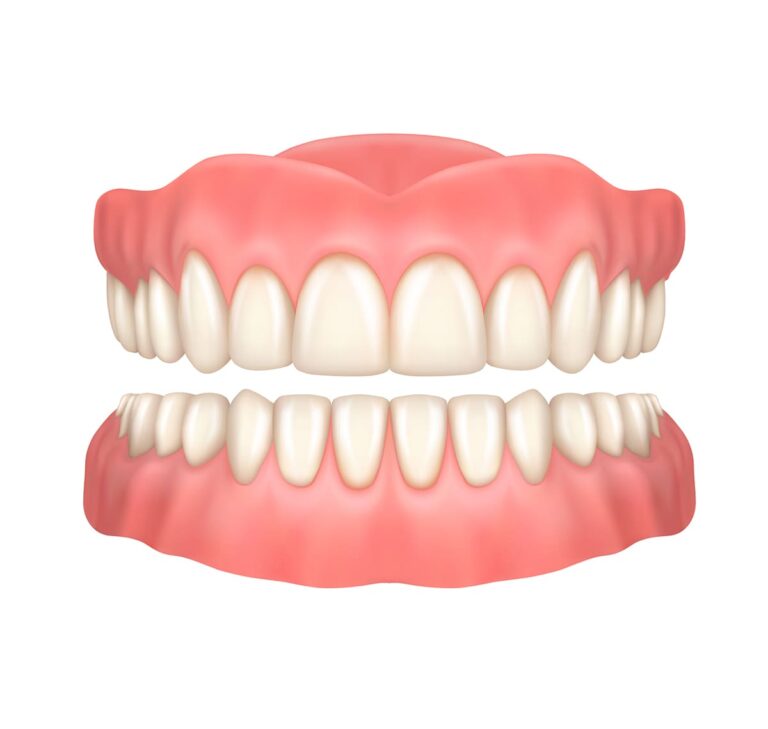
- Advantage: Can be easily removed and cleaned.
- Disadvantage: There is a chance the dentures will slip out of place, so dentures adhesive may be needed.
Implant-Supported Removable Dentures
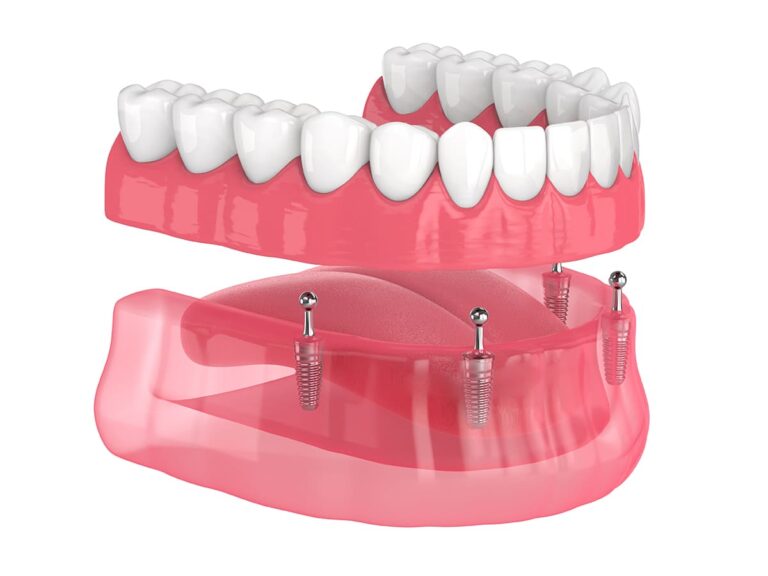
- Advantage: Stays more securely in place.
- Disadvantage: With removable dentures, you must be careful while chewing food.
All-On-4 Dental Implant
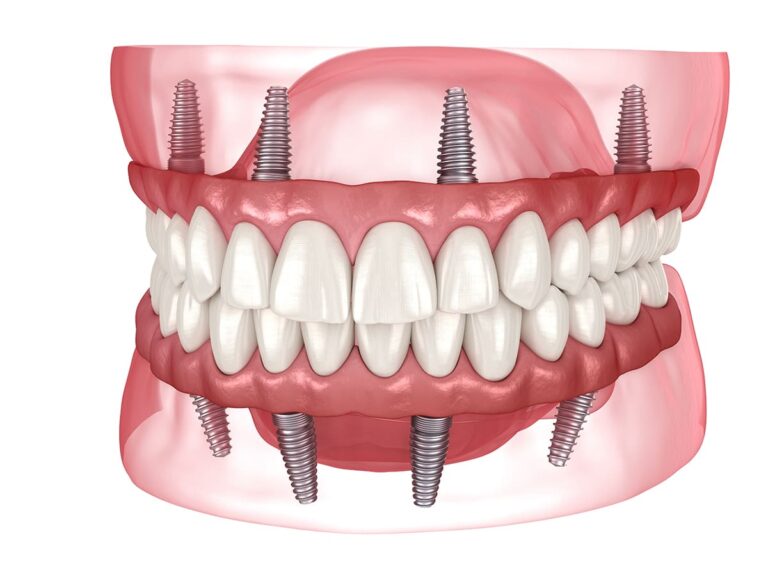
- Advantages: Uses few implants; dentures can be attached immediately after the implants are in place; and requires less time for the procedure than other methods.
- Disadvantages: The first set of dentures immediately after the implant is only temporary and will be replaced later. Caring for All-On-4 includes daily cleaning to ensure that there is no food particle lodged under the dentures, and annual visit to the dentist for complete cleaning.
Crowns and Bridges on Fixed Implants
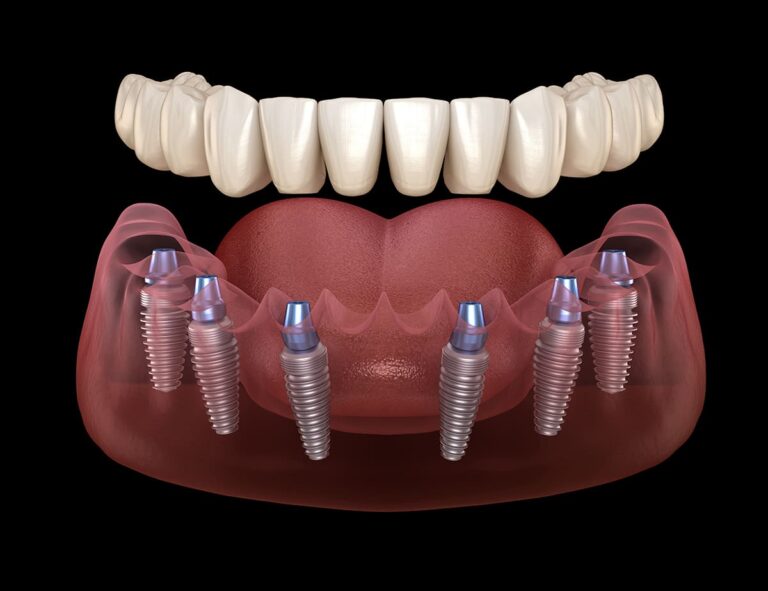
- Advantages: Can replace all the teeth on the jawbone; the implant can firmly and robustly support a ceramic dental bridge and can be cleaned like normal teeth.
- Disadvantages: It requires sufficient amount of healthy oral bones.
What is All-On-4 Dental Implant?
The use of implants to replace missing teeth, whether they are on the upper or lower part, will delay the rate of bone loss around the areas of the implants, thus retaining the normal facial structure. “All-On-4” is the latest innovative technique where 4 dental implants are placed into the upper or lower jawbone (there could potentially be 6 implants depending of the condition of the supporting jawbone and the dentist’s evaluation) to support the placement of fixed dentures or dental bridge. Small dental screws are used to secure the dentures or bridge to the implants, such that the dentures or bridge remain firmly in place unlike the removable types. This method is an effective alternative to the traditional treatment.
All-On-4 Dental Implants Procedure
- Diagnosis: Before the procedure, your dentist will check the patient’s medical history, evaluate the conditions of the gum and jawbone, assess the patient’s readiness for the implants – bone density, related vital organs and locations of various relevant nerves for the dental implant – through the use of oral X-ray, Panoramic Radiograph, or CT scan.
- Dental Implant: Directed by CT guided surgery technique, the dentist will insert the implants into place. Using Smile Design software to simulate in 2D and 3D the patient’s normal smile, the dentist will determine the implant locations. Small holes will then be drilled through the gums deep into the jawbones, to create a base for the All-On-4 implants: 2 in front of the maxillary sinus, and 2 in the back of lower jaw tilted at 45 degrees to support the innermost part of the dentures while enabling balance and strength for chewing food.
Although placing the implant in a normal orientation is best, it requires inserting the implant into a piece of bone. In the case of patients with large sinus cavities, because there is no bone in the upper jawbones around the cheeks, the implants have to be placed at a slant to avoid over-drilling of the attached bones. The angle of the implants, however, will depend principally on the dentist’s assessment as well as the patient’s health condition. - Fitting Dentures or Bridges on Implant: After the implants are completely fitted, the dentist will secure dentures or bridges onto the implants on the same day. The prostheses are made of acrylic and will be adjusted to properly fit the mouth and the bite. After 6 months following the procedure, when the wounds are properly healed, the dentist will schedule a follow-up for re-evaluation. Patients may request stronger materials for their prostheses, such as acrylic mixed with titanium or zirconia. For each case, the dentist will determine the suitable material for usage along with the patient’s dental health. It should be noted that, during the fitting, if the patient is worried or afraid of pain, the hospital provides a number of options – such as general anesthesia, intravenous drug administration, etc. under close supervision of an anesthesiologist – to help allay the patient’s concerns.
Types of Prosthesis for ALL-ON-4 Implants
There are 3 types of material:
- Extra strength acrylic
- Acrylic on metal frame
- Ceramic on metal frame
Normally, the prosthetic dentures placed immediately after the implants are made of extra-strength acrylic as it is light and requires less bite force, reducing pressure on the new implants while waiting for them to set properly into to the jawbones. The patients can continue to use their first set of dentures as long as they are still in good condition. However, in some cases, after 6 months or more the patients may consider changing to acrylic on metal frame because it is strong and more durable. Others may choose ceramic on metal construct. In this case, the metal is attached to the implants and the prosthesis on top of it is made of ceramic. The advantages of using metal are that the structure is strong and offers aesthetic appearance as well as proper chewing capability. In any case, the dentist will make the recommendation about the type of material for the dentures, as it will depend mainly on the way the dentures are normally used and on each patient’s wishes.
Moreover, the dentist will recommend 4 or 6 implants based on the condition of the patient’s bone, bite force, and the selected type of prosthetic material. Normally, the number of implants in the upper jawbone is greater than in the lower one. If the desired material is ceramic on metal frame to give the dentures strength and appeal, it may be necessary to increase the number of implants to 5 or 6 to support the weight of the metal frame and ceramic prosthesis.
Advantages of All-On-4
- Requires a smaller number of implants for permanent dentures.
- Replaces natural teeth and can be used immediately on the same day as the procedure where appropriate. This will depend on the dentist’s recommendation based on the patient’s oral health, jawbones, and other factors.
- Requires less time for surgery and recovery, with fewer number of dental visits.
- Eliminates the problem of loose or slipped dentures, because the dentures are firmly fitted.
- Offers strong construct and natural feel for chewing or talking.
- Simplifies the process of bone grafting.
- Effective way of teeth restoration, to enhance personality and build confidence.
- With proper care, will last a lifetime.
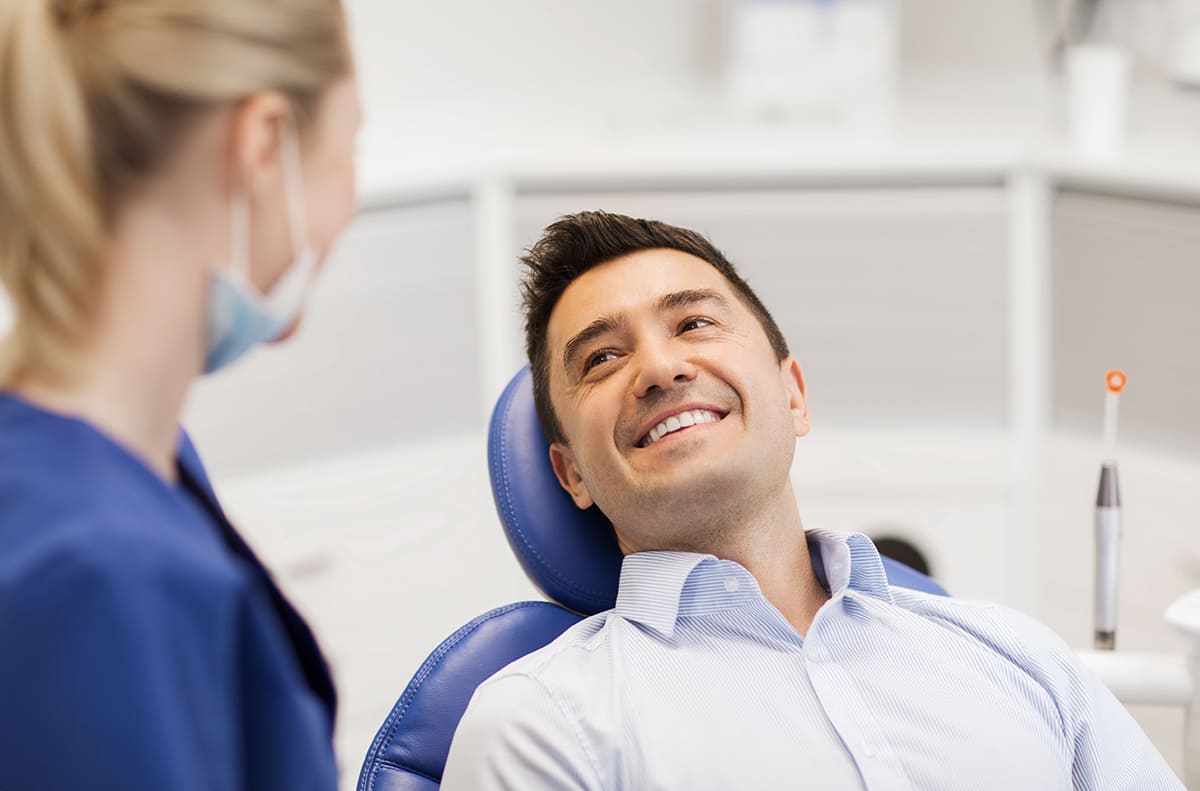
Who Needs All-On-4 Procedure?
- People who have fewer teeth or lost most of their teeth – upper as well as lower ones.
- Patients who are required to have all their teeth removed and need permanent dentures.
- People who need multiple dental implants.
- People who cannot have an implant around the back teeth.
- People who have lost their alveolar bone but require less or no additional bone grafting.
- People who have problems with dental crowns or bridges, or loose teeth that must be extracted.
However, All-On-4 procedure is not recommended to people who have severe damage to alveolar bone. The dentist will consider this procedure on a case-by-case basis.
Post-Care for All-On-4 Procedure
Since ALL-ON-4 implants are fixed, they do not need to be removed and cleaned like removable dentures. Patients can brush their teeth normally and, effectively, replace their removable dentures. However, patients must clean them twice daily by using Waterpik to spray the water along the gum line and Superfloss between the teeth to ensure that no food debris is stuck in the dentures. If they are not cleaned properly, bacteria around the implants will cause gum inflammation and damages to the bones – ultimately destroying the implants. Moreover, it is important to visit the dentist as scheduled, to check the grip of the screws and to completely clean the dentures. Most dentists will make an appointment every 6 months or as necessary.
Why All-On-4 at Bangkok Hospital Dental Center?
- Experienced and well qualified dental specialists.
- Internationally recognized standards for equipment and technology.
- Individually personalized treatment plans.
- Treated by a team of multi-disciplinary specialists from Bangkok Hospital, in case of comorbidities.
- Relaxed experience during procedure with general anesthesia under close supervision of an anesthesiologist.
- Use quality implants and denture materials that meet international standards.
For those who are looking for natural teeth replacement, All-On-4 is one of the popular alternatives as it can instantly replace a whole set of teeth with dentures. All-On-4 reduces the time required for the treatment and simplifies the need for bone grafting. With proper care, All-On-4 can last more than 20 years of regular use. The principle of All-On-4 is to replace the set of teeth along a jawbone using (at least) 4 implants, with the lower 2 set at a 45-degree slant toward the front to take advantage of the near-front section of the jawbone which is more abundant than further back. However, it may be possible for these implants to all be straight but it will require additional bone grafting in some patients. Afterwards the 4 implants will be sufficiently strong to support an entire section of fixed prosthetic dentures that are also fitted immediately, restoring the functions of the natural teeth – like chewing and talking – and enhancing the patient’s personality instantaneously. Importantly, All-On-4 requires less time for the treatment than other types. However, All-On-4 as an option will depend on the dental specialist’s evaluation, which will be based on each patient’s dental condition and other relevant factors.


